Here’s a first:
A company selling US grown hemp protein and hemp oil
We’re all familiar with some of the top hemp brands in the US, such as Nutiva, Navitas, and even Manitoba Harvest. But did you know all those hemp seeds are still sourced from Canada?
Hemp cultivation has been restricted in the US for over 80 years, thanks to its controversial prohibition. That all changed in 2014, when several states passed legislations, allowing farmers to plant and cultivate hemp on US soil. Kentucky is one of the states that have led this movement.
Since then, hemp companies have started looking at domestic supply for their hemp products, but the transition has been slow due to supply constraints and uncertain regulations that still remain from government agencies, such as the DEA and FDA.
Yet, Victory Hemp Foods, a startup based out of Kentucky, is paving the way to develop hemp products made in the USA.
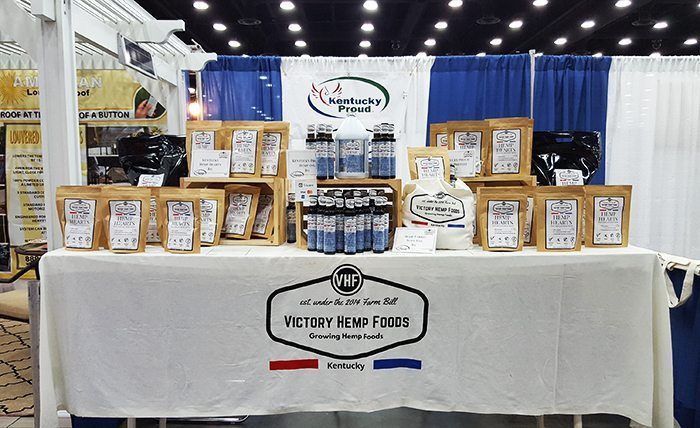
Hi Chad, we’re really excited to hear the story behind Victory Hemp Foods (VHF). First, could you tell us a little bit about the startup and what it offers.
Chad Rosen: Victory Hemp Foods is building a domestic supply chain for hemp as well as a market for hemp foods. We are doing this by bringing to market our domestically grown Hemp Oil and Hemp Protein. Both of these products have been proudly grown and processed in Kentucky.
We are still working to transition all of our Hemp Hearts (Hemp Seed germ) from Kentucky crops, but with a lack of key equipment to dehull the hemp seeds, we have to get them from either Canada or Colorado at this point.
Overall, our company goal is to add value to the hemp industry by expanding the demand for hemp in food products. While we are always going to be another brand on store shelves that a consumer can grab, our highest value is to develop products that incorporate hemp foods (oil, protein, hearts) as additives and ingredients to help fortify the nutritional profile of everyday meals.
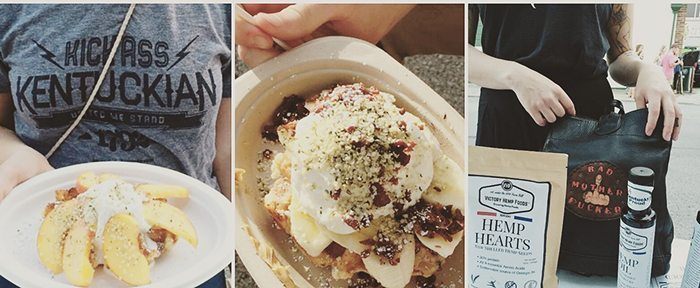
That’s a great angle to popularize hemp – to make it an “additive” to make our foods more nutritious. Do you have any examples of this?
CR: We contributed to a collaborative group that developed the Kentucky Beef Sausage infused with hemp, which is a good example of breaking barriers and finding markets for hemp. Before this project, hemp had never been approved for use as an additive or ingredient in meat products by the USDA. With the help of farmers, the Kentucky Cattlemen’s Associations, and Congressman Thomas Massie’s office, we were able to run this issue up the flag pole in D.C. and get the USDA to clear hemp for use in meat products. This established a precedent for the entire hemp food industry. We have a couple other non-meat related value added products that are in the final stages of development and we think they’ll be a fresh take on some classics.
The progress being made in Kentucky seems pretty remarkable. You also mentioned building a domestic supply chain for hemp. Could you elaborate on that?
CR: Building the supply chain involves more than just getting some viable seed in the ground and then harvesting it in the fall. We’re working to connect existing infrastructure to process the hemp stalks from our grain crops to provide multiple revenue centers from the same plant for farmers. We’re also developing proprietary equipment to process hemp food efficiently, effectively, and most importantly, safely here in rural Kentucky.
So what makes VHF different from some of the other bigger hemp brands, such as Nutiva or Navitas?
CR: The most obvious difference is that other brands import 100% of their products from Canada. Canada has a terrific grain supply, good genetics, experienced farmers, efficient processors. From a hemp farming perspective, they have a 20-year head start on us.
With these advantages, how do we even compete with Canada? Do our farmers even stand a chance?
CR: I think what Canada is not doing very well is their single focus of hemp seed production. While they have tried for some time to develop ancillary industries to fully utilize hemp for its fiber and hurd, they haven’t been very successful. They haven’t been able to compete with what Europe and China have been able to do with hemp fiber, hurd, and even CBD.
So I see this as our biggest opportunity, applying that good ‘ole American ingenuity to innovate and accelerate towards a multitude of solutions.
What drives your passion behind hemp? What made you start a hemp company?
CR: If hemp has 25,000 different uses, I could probably give you close to as many reasons for what drives my passion to see this plant come into the rotation. I believe in the rhetoric of what’s possible with this plant, from paper, textiles, graphene, food, construction materials to even replacing our fossil fuel based economy with an agriculture based economy. An economy that doesn’t rely on synthetic chemicals for production is more than possible. It’s scalable.
There are a lot of people in this industry working in different directions, some will be successful with those technologies and it’s exciting to be a part of it. Even distracting at times!
You moved to Kentucky from California to start VHF. Why Kentucky?
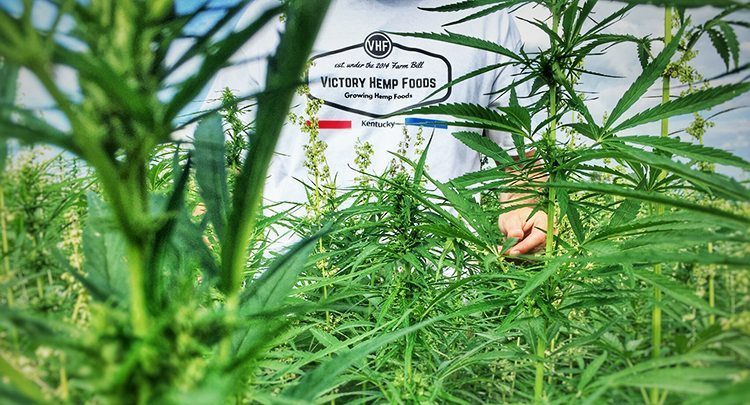
Kentucky legalized hemp farming back in 2014. What changes have you noticed in the hemp landscape there since then?
CR: Certainly there’s been a lot less talk and a whole bunch more work and collaboration happening between farmers, processors, and marketers. We’ve learned that hemp doesn’t grow without inputs, that weeds can be a significant challenge to overcome, yields aren’t always what we anticipate, and no one is getting rich quick. The folks that are still involved in the program have learned a lot, and that learning curve is very expensive.
While I can’t say that Kentucky will always be the leader in hemp, I think many of the good folks here will go on to build the industry around the country. We are already seeing that most of our processors are branching out setting up projects to work with farmers in neighboring states, such as North Carolina, West Virginia, Tennessee, Virginia, and even out to Minnesota, Vermont, and Texas. It seems to me that “local” is a big part of what the market wants when it comes to hemp.
Customers, no matter if they are eating hemp foods, or wearing hemp clothing, or using CBD want to know that their hemp is being grown in their community. This penchant for local sourcing is being driven by the consumers, and the companies that move away from a centralized purchasing or processing model to more of a distributed production and purchasing model will probably rise to the top as the next wave of hemp based businesses come to market.
What do you foresee as the biggest challenge for US grown hemp seed brands to catch up to Canada?
CR: The experience, efficiency, volume, and ensuing buying power that the established brands have in place give them the financial resources and momentum that will make it difficult to compete directly. Those economies of scale make it easy for them to maintain big margins while outcompeting local brands on price. This is just the reality of the economics that puts us at a disadvantage. Of course we could complain about free trade as well, but it’s that same free trade that gives us strawberries in December and allows our farmers to export corn and soy for (subsidized) profits.
So we’ll have to get creative, and go beyond trying to compete directly with the price of hemp seeds from Canada. I think it would be better for hemp food companies coming online to focus on expanding the market. The focus should be on taking market share from the unsustainable fish oil or meat protein market by developing product offerings that attract new customers and expand the market for hemp foods. This approach should help us all to go further faster.
In your experience, what are some benefits of using US hemp seeds over imported hemp seeds?
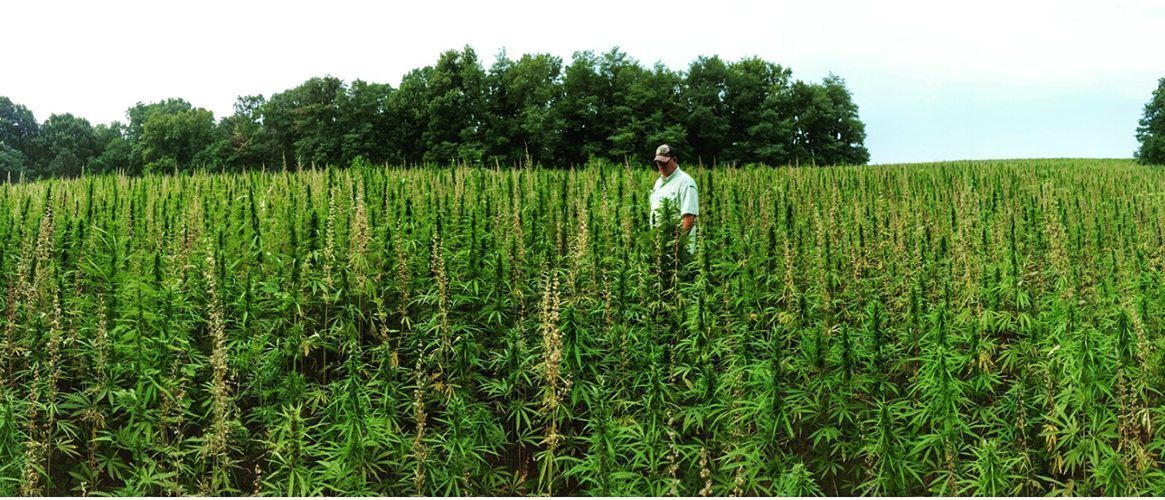
Over the years, you can tell consumers are looking more for locally grown products. They want to help support our farmers and our agriculture. Overall, I believe using US grown hemp seeds will help bring more money to our rural communities and bridge the gap between our rural communities and our urban areas.
What are the immediate challenges that you face now?
CR: I’m not alone when I say that we’re undercapitalized. I think that’s the biggest challenge for most of the domestic industry at this point. The payback for investors on most hemp projects, notwithstanding CBD is pretty long, say 5-7 years. With that sort of time horizon, there’s just an enormous amount that could change.
Traditional angel investors aren’t so excited about the acronyms that float around hemp industry Facebook pages, such as DEA, FDA, USDA, DOJ. They see that there’s a window to walk through, but more wonder if it will remain open. Now there are many newly minted investors who have done real well in the other side of cannabis, marijuana, but typically those investments have much shorter payback periods on wild multiples driven by enormous margins. The liquidity in marijuana investments typically allows investors the option to move in and out of the market more freely.
I bring this up because in our search for funding, there’s an abundance of referrals to investors in the marijuana industry. While the businesses both intersect around cannabis, the payback period in scaling a fiber plant to compete with glass fiber insulation or a food processing facility to knock soy protein off its perch is entirely different. We’re moving into very entrenched and competitive markets, where achieving efficiency takes massive investment in capital expenditure, time and patience. This is why I’d really like to see the crowd that claims that they’re “impact” investors step up and get involved. Right now I think the industry needs a bridge.
You bring up a great point about the “long-term” perspective of investing in hemp. But for an investor, that might be a hard sell if they don’t see some promise in the short term as well. In your opinion, what are some early wins that the hemp industry could strive for to help make this long term goal more achievable?
CR: You can tell that hemp still serves a very niche demographic. In order for hemp to really grow, hemp businesses need to attract mainstream consumers. In order to do that, we need to make our branding less about hemp and more about solutions. Let’s take hemp seeds for example.
We need to stop marketing hemp seeds for the sake of being hemp, but rather for the nutrition it offers. When we can communicate the benefits that hemp has, whether it’s seeds, protein, or even shirts, people will buy it because of its superior benefits. The fact that it’s hemp can become secondary.
So what is your ultimate vision with Victory Hemp Foods?
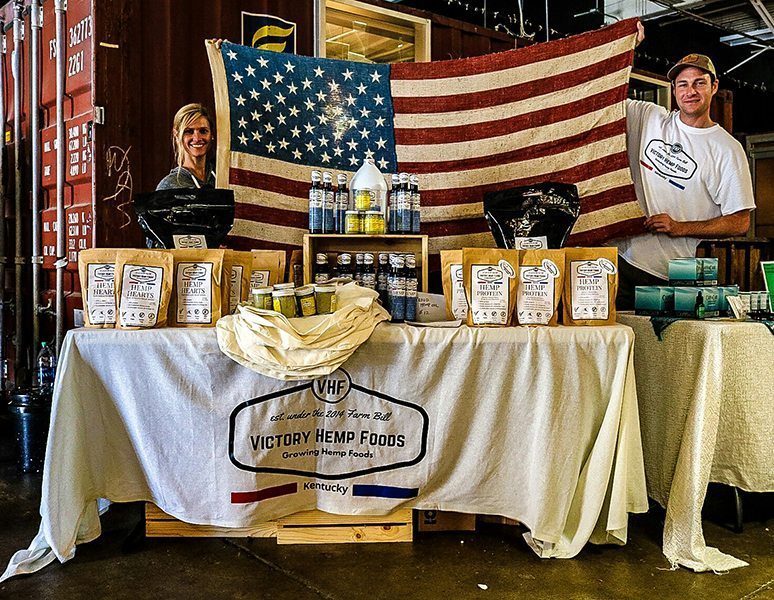
If the US has the strongest economy in the world, it’s because of its flexibility. Look at Joel Salatin and his Polyfarm. Diversity of income is the best hedge against the price volatility that farmers often suffer from. Just like athletes who use performance enhancing drugs to compete, farmers are encouraged (even shunned) when they don’t use chemicals to compete and increase yields. Having less reliance on one income source or crop [insert soy/corn/cotton] is proven to be the strongest economic model that a farmer can employ.
We have come to view brands as something more than a name and a logo. A brand is really what it does, what it is achieving. If we can add value to the agricultural space by giving farmers a market for a crop that helps to reduce volatility and provides younger farmers to a viable livelihood that rewards stewardship for our environment, then we’re headed in the right direction.
How can our readers support you and our Kentucky farmers?
CR: Try out our hemp products and let us know what you think! We offer the following Kentucky Proud hemp products:
- Hemp Protein
- Hemp Seed Oil
- Hemp Seeds (Hemp Hearts)
We’re excited for you to try them out!
Can’t wait to hear what customers say about these homegrown hemp seeds! Keep up the great work Chad.







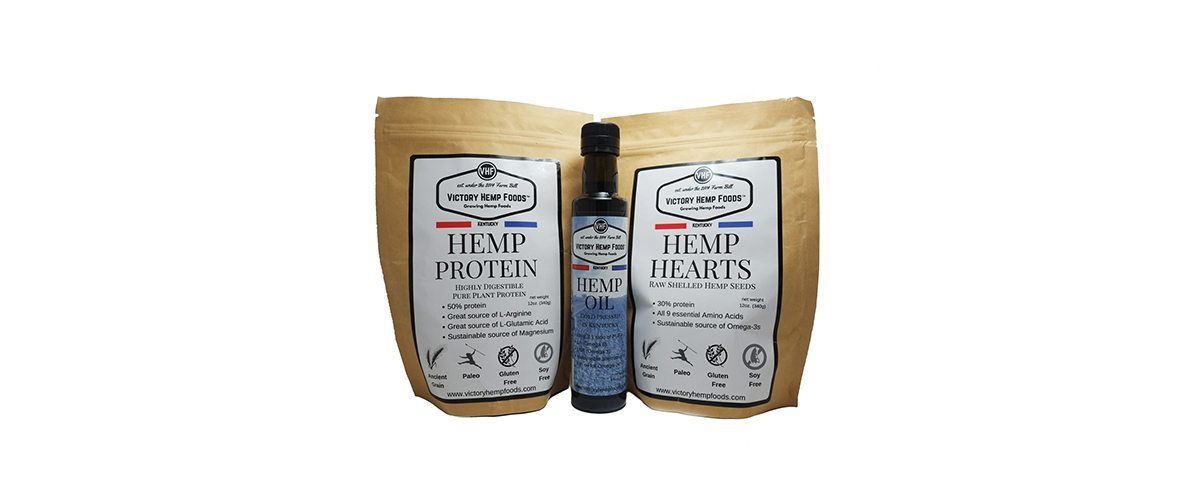
Love your blog. Keep up the good works and keep #hemp alive!
Thank you John!
.
I love Victory Hemp hearts , ,,,,,the taste is great, and its my favorite brand. It has helped my Graves Disease , lowered my blood pressure, less swelling in ankle, better blood circulation, less bloating and weight loss. Also less pain with the neuropathy. Thank you for a great product